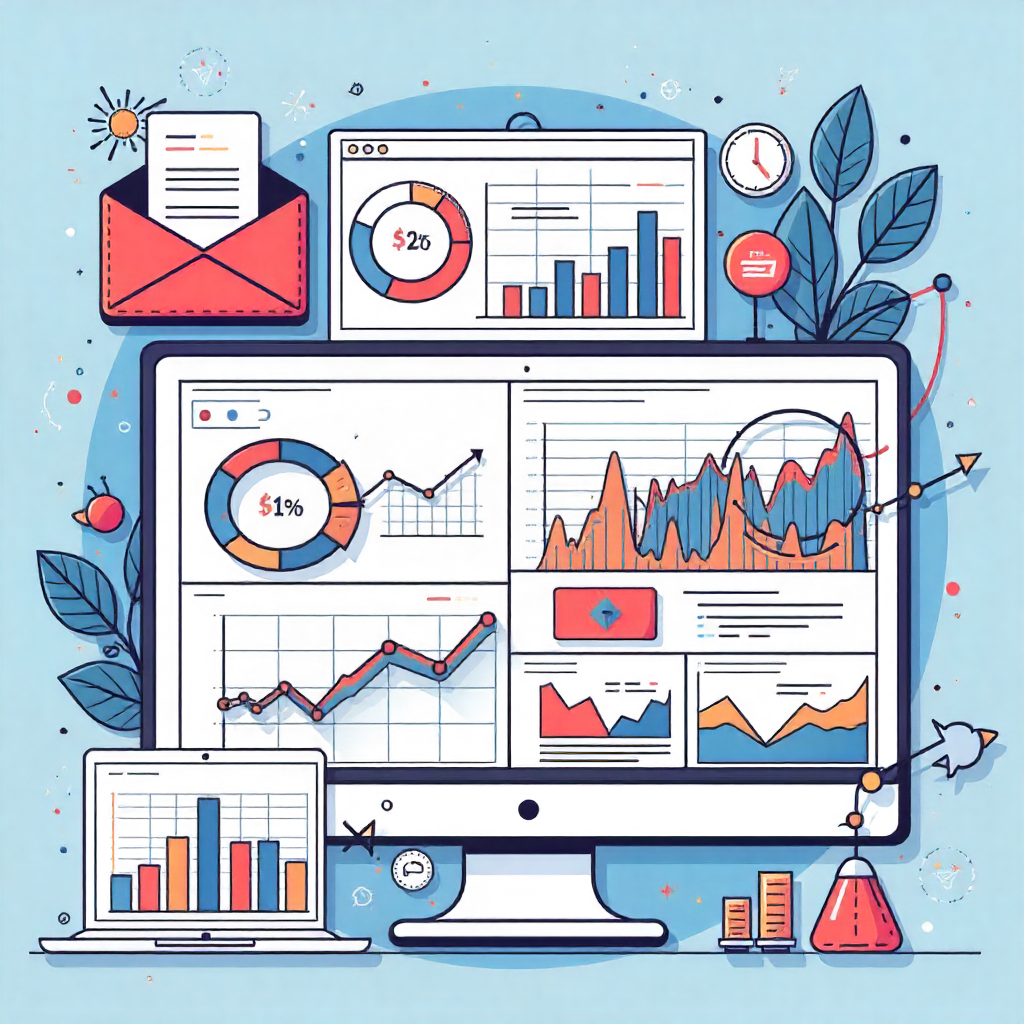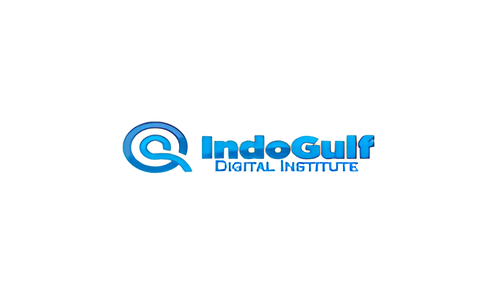Imagine that you are running a restaurant. Hearing how digital marketing can boost your sales, you have invested in a website and paid for someone to do social media marketing. Your social media manager is working tirelessly and posting curated and polished reels and stories three times a week. When you examine the number of people who have viewed and liked your posts, it is a significant number.
But in reality, if people are not showing up in your restaurant to try your offerings, then all the likes, shares, and comments you got on your Instagram page and Facebook page can be called vanity metrics. In short, your followers on social media pages and their likes do not contribute anything to support or improve your customers in your restaurant, which is your real goal.

What is vanity metrics?
Vanity metrics are those numbers that make your website look good and successful, but in reality they do not measure how successful your marketing is or they do not reflect whether or not you successfully achieved your goal. They can be any metric like page views of your website, likes and shares your social media posts got on Facebook or Instagram, domain authority of your website, etc.
Examples of vanity metrics in digital marketing
Domain and Page Authority (DA and PA)
Domain and page authority are metrics developed by Moz to measure how much authority your whole domain has on a scale ranging from 1 to 100 over all other websites on the internet, and page authority is the same but is measured for individual pages. It is based on various signals like backlinks pointing to that particular domain or page. The higher the DA and PA of a website, the better the website (or so it is usually considered).
But in reality, if the backlinks pointing towards a website suddenly increase, the DA also increases accordingly. But the backlinks can be coming from spammy sites or low-quality sites; the DA and PA do not reflect the quality of backlinks.
DA and PA do not improve your site’s rank or position on the SERP page. In order to rank a website, you have to concentrate on things that are more than just domain or page authority and put a little work and sweat into on-page optimization. If your website has a DA of 50 (which is high), but if the sales are not happening, then a high DA is pointless.
If the website traffic and conversions are improving alongside DA, then it is not in vain but an actionable metric. DA and PA do not influence your customer reach, conversions, or sales for any business and hence are oftentimes in vain or vanity metrics.
Page Views
Page view simply measures the number of people that land on a particular webpage. Considering page views for measuring success often leads to faulty results. People simply landing on a webpage doesn’t ensure engagement or other meaningful actions like filling forms, contacting, enquiry through chatbots, purchase, or sales. Page views can also inflate from page refreshes, automated bot traffic, or users returning without a clear intent.
Combining page views with bounce rate, click-through rates, time spent on page, etc., can provide more meaningful results than page views alone; combining page views with other metrics makes them more actionable.
CPC (Cost per Click)
CPC measures how much money is spent when one user clicks on your ad. Lower CPC is said to be the reflection of efficient ads.
It’s calculated as:
CPC = Total Ad Spend ÷ Total Clicks
Purchases or sales can still stay at the bottom if ad clicks have come from people with no intent to purchase or buy a product. In such cases, your ad money gets spent and CPC will inflate without achieving the actual goal. If you have targeted the wrong audience, CPC can increase without actual sales happening. In such cases, CPC turns into a vanity metric. A click that doesn’t convert is a simple waste of ad money and can create a false sense of success.
Social Shares
Social shares simply mean your post or content is popular. Shares simply mean your content is relatable or engaging, while popularity is a good thing to improve awareness; it does not ensure business success.
For example, film songs often go viral even before the release of an actual movie and get shared, reshared, and liked on various social media platforms alike, but when the actual movie hits theaters, it fails at the box office. Songs getting shared by people doesn’t ensure box office success or ensure people flocking to theaters to watch it .
Similarly, a social media post can get showered with thousands of shares and likes, but if it doesn’t lead to meaningful traffic, leads, or conversions, it’s essentially a vanity metric.
Email Open Rate
A typical metric used in email marketing to measure the number of people who opened the email. But with the introduction of mail privacy by Apple, the tracking pixel that was used to measure email open rate now automatically preloads, and this might lead to faulty or inflated numbers in email campaigns. Email opening that does not result in a lead or purchase is useless from a business perspective.
Final Thoughts
Tired of all the numbers that do not result in sales? Then it is high time you stop measuring vanity metrics. If “likes,” “shares,” “page views,” “open rates,” “CPC,” or even “DA/PA” are not leading to sales, revenue, or conversions, then all these metrics are in vain. Although these metrics clearly represent activity, their use rarely represents return on investment or true customer engagement. To ensure their data means something, marketers need to focus on actionable metrics, sales, sign-ups, cost per acquisition, or return on ad spend that correlate directly to business goals. Vanity metrics are, however, enlightening and drive smarter, goal-oriented marketing decisions and detours a waste of effort.
Feel like learning more about actionable metrics? Join Indogulf institute to transform your future for better.

